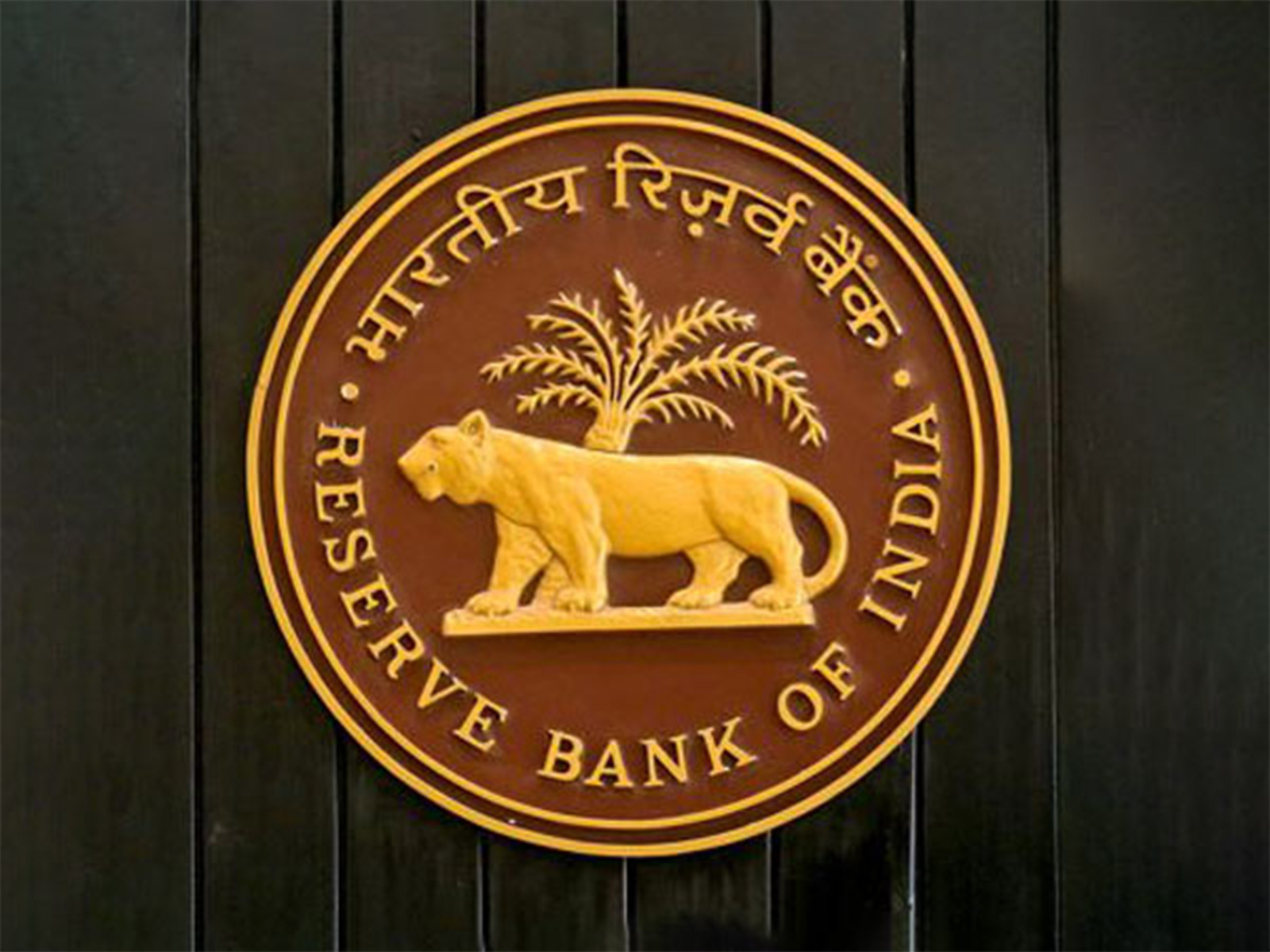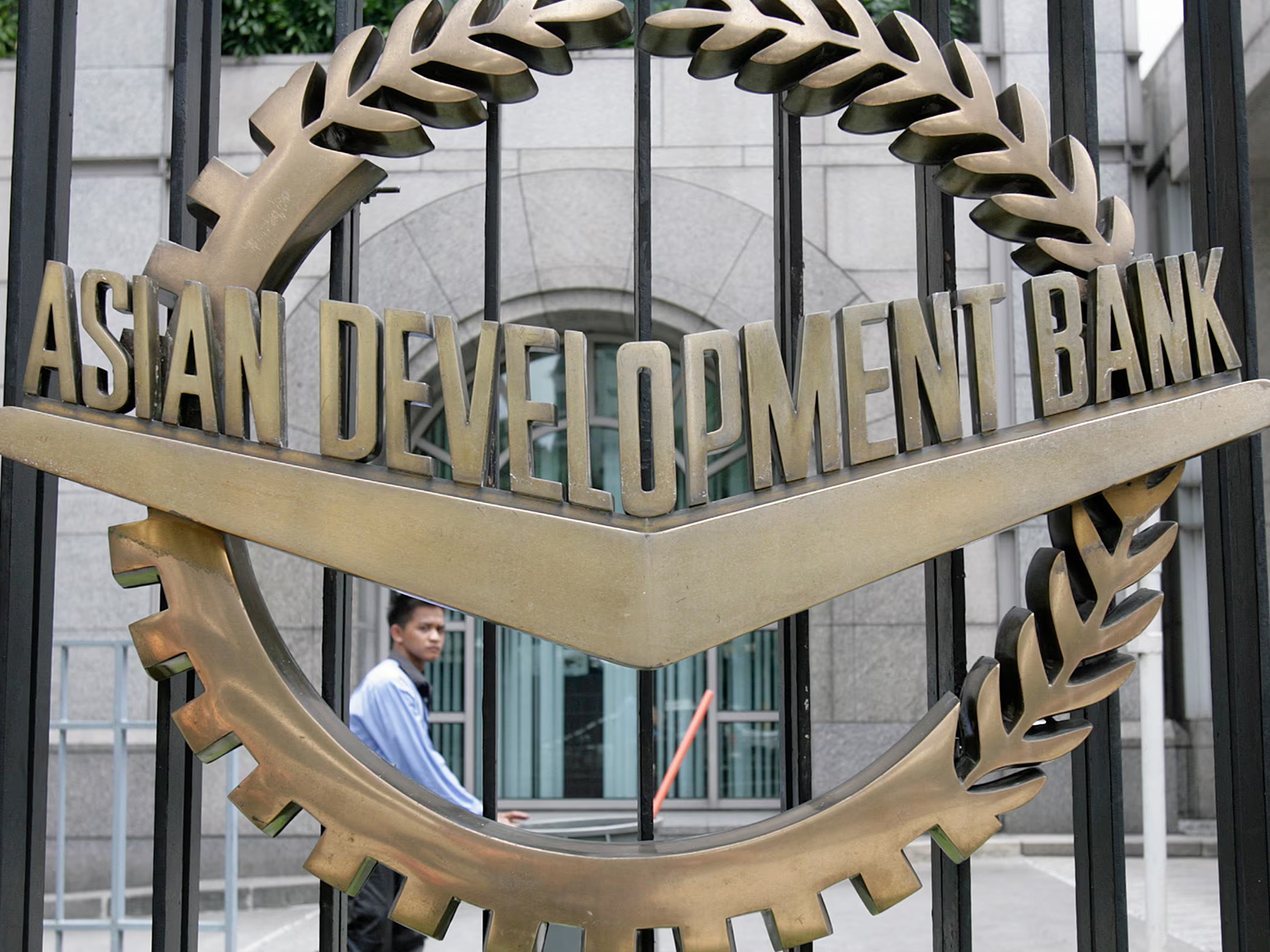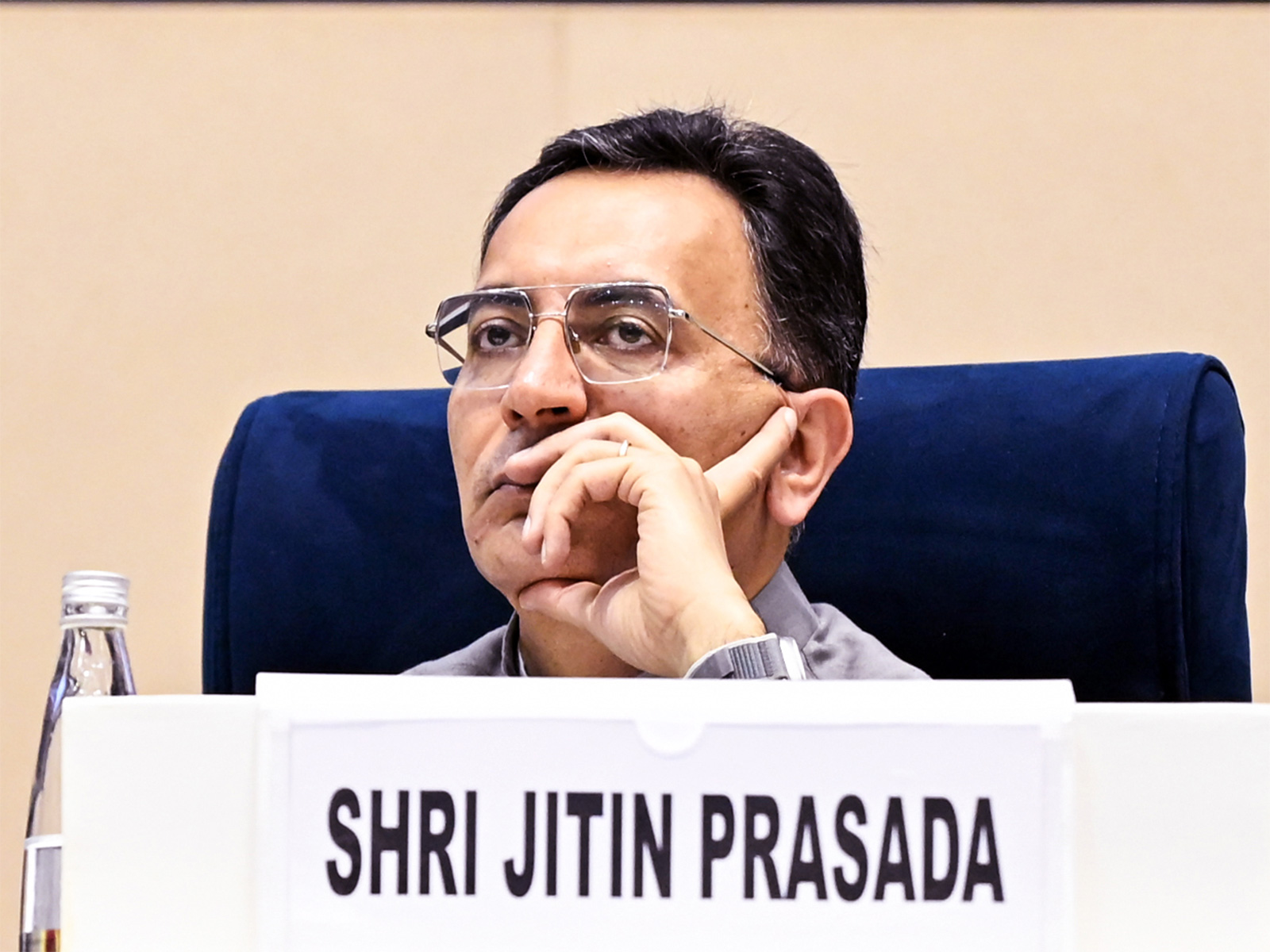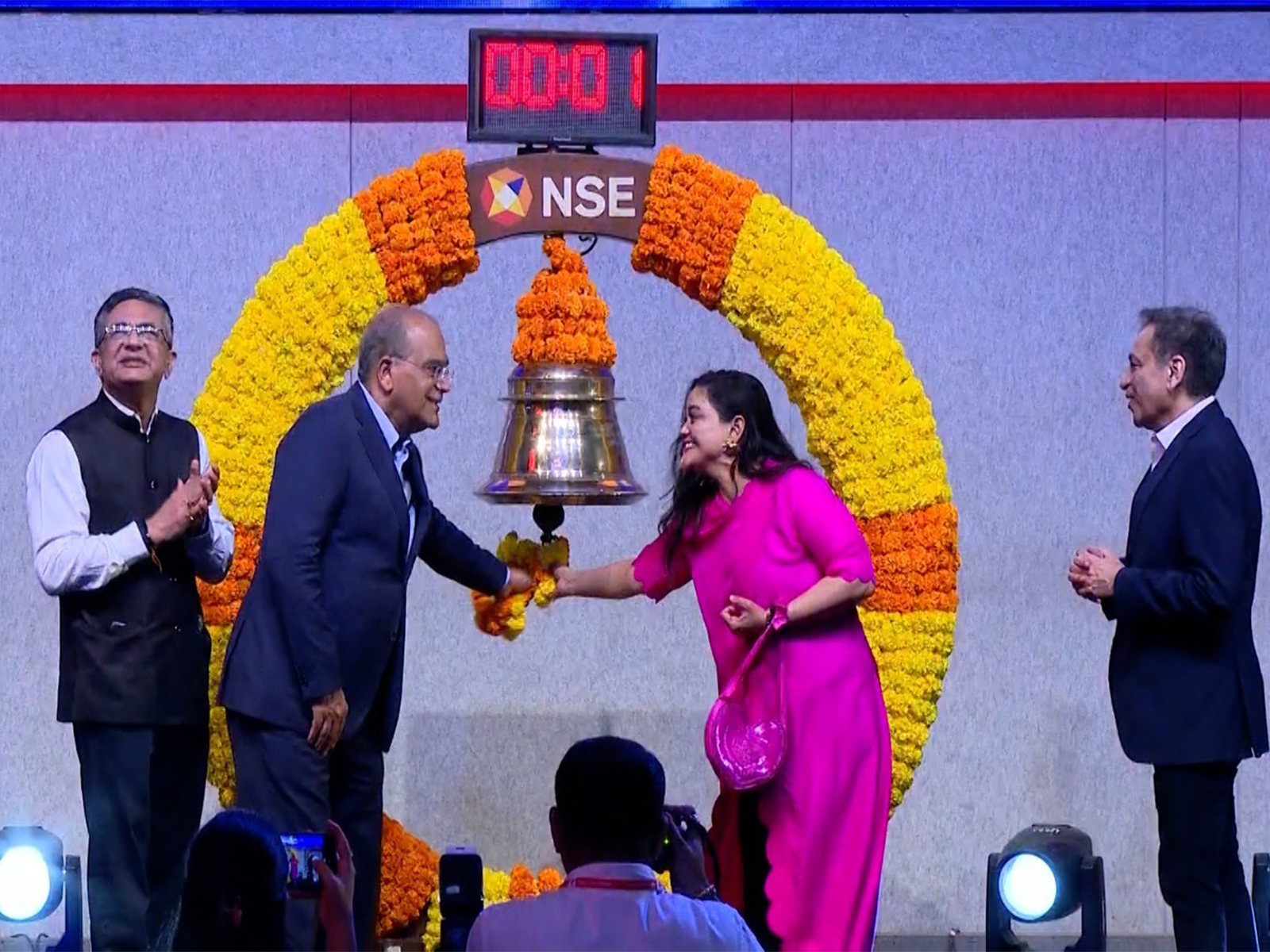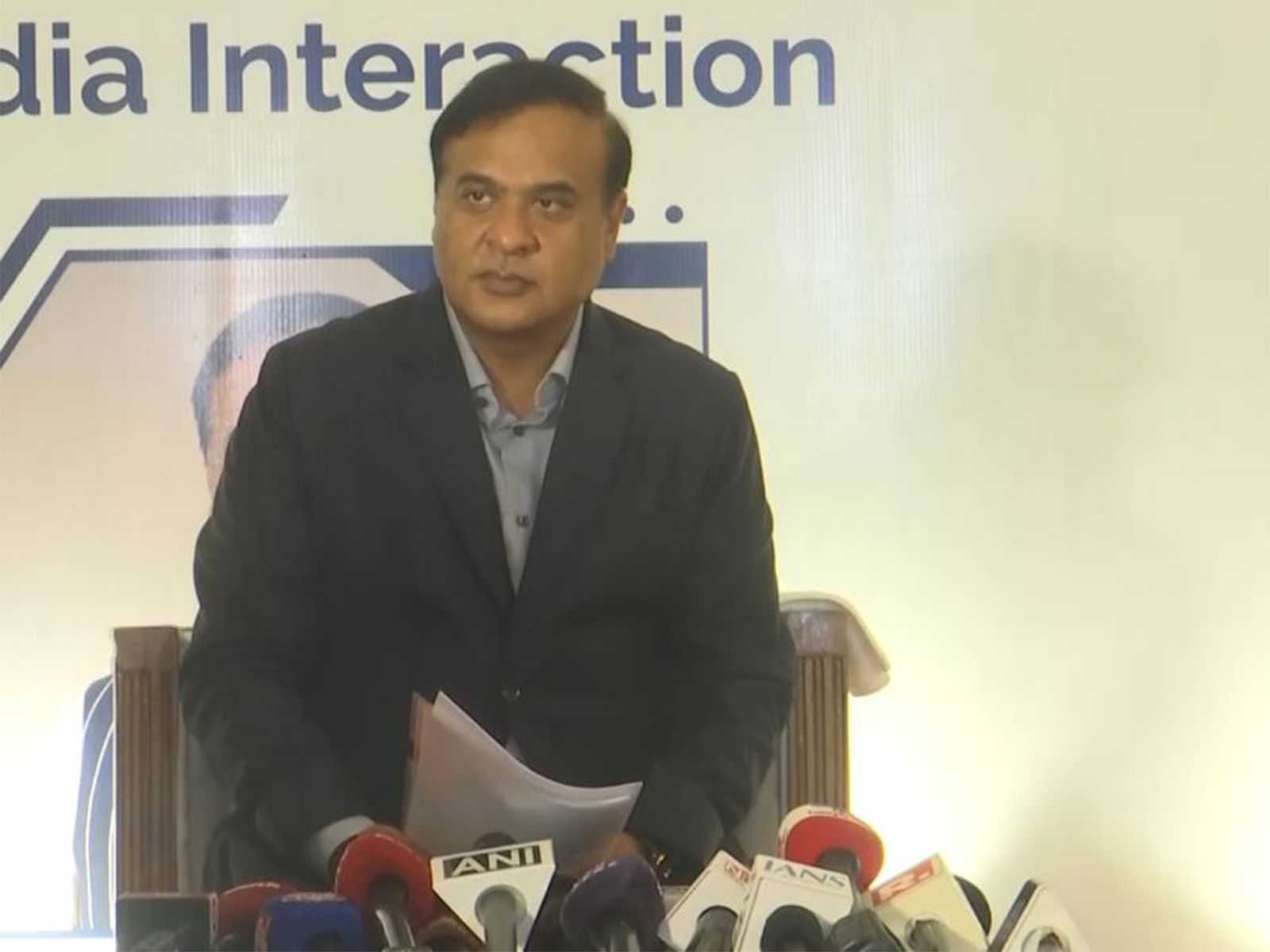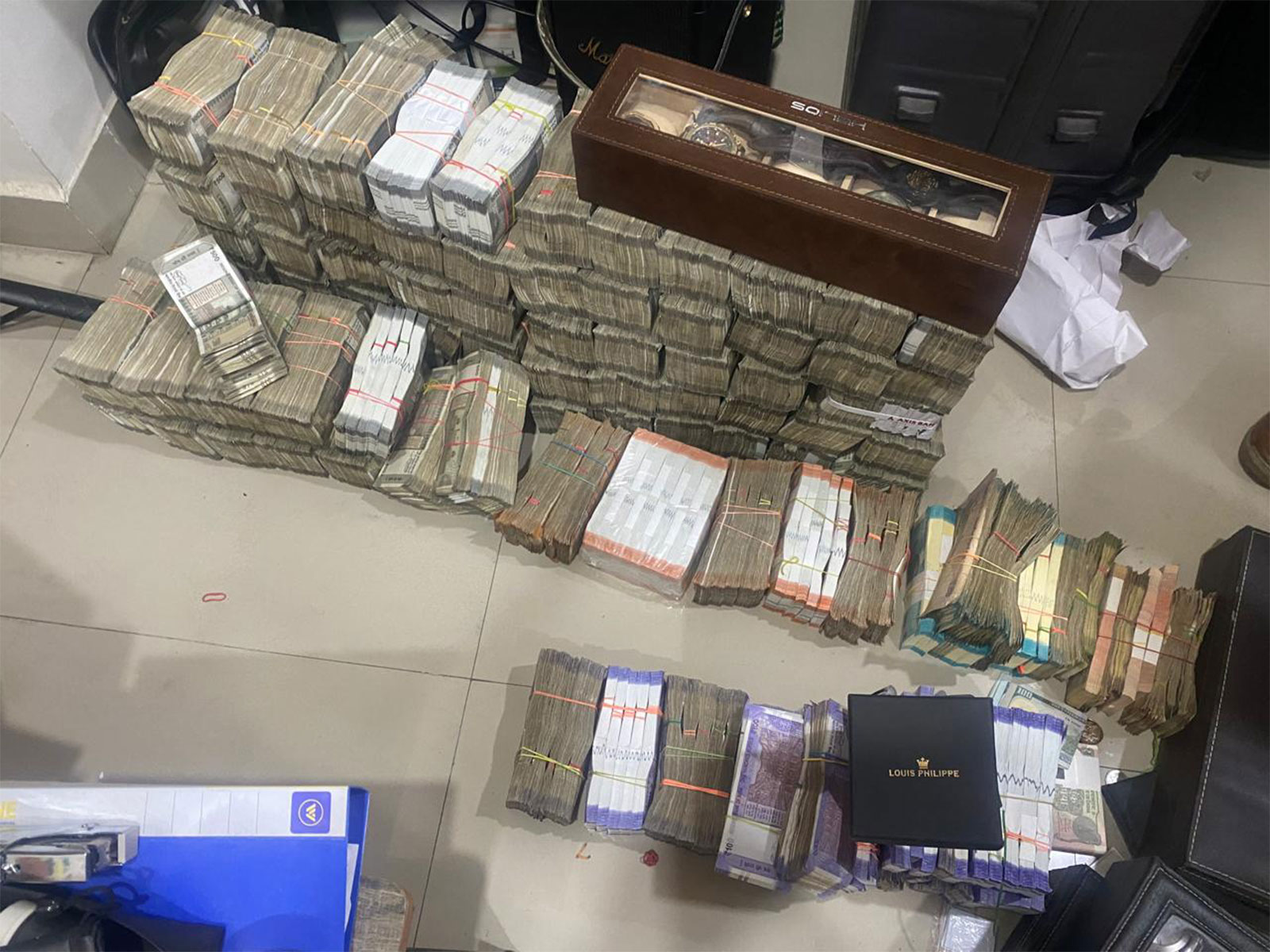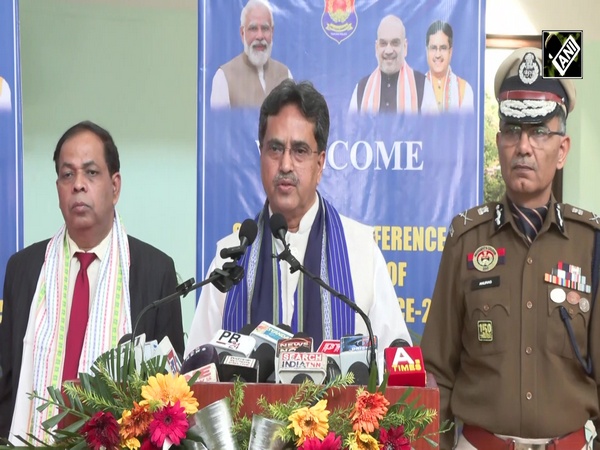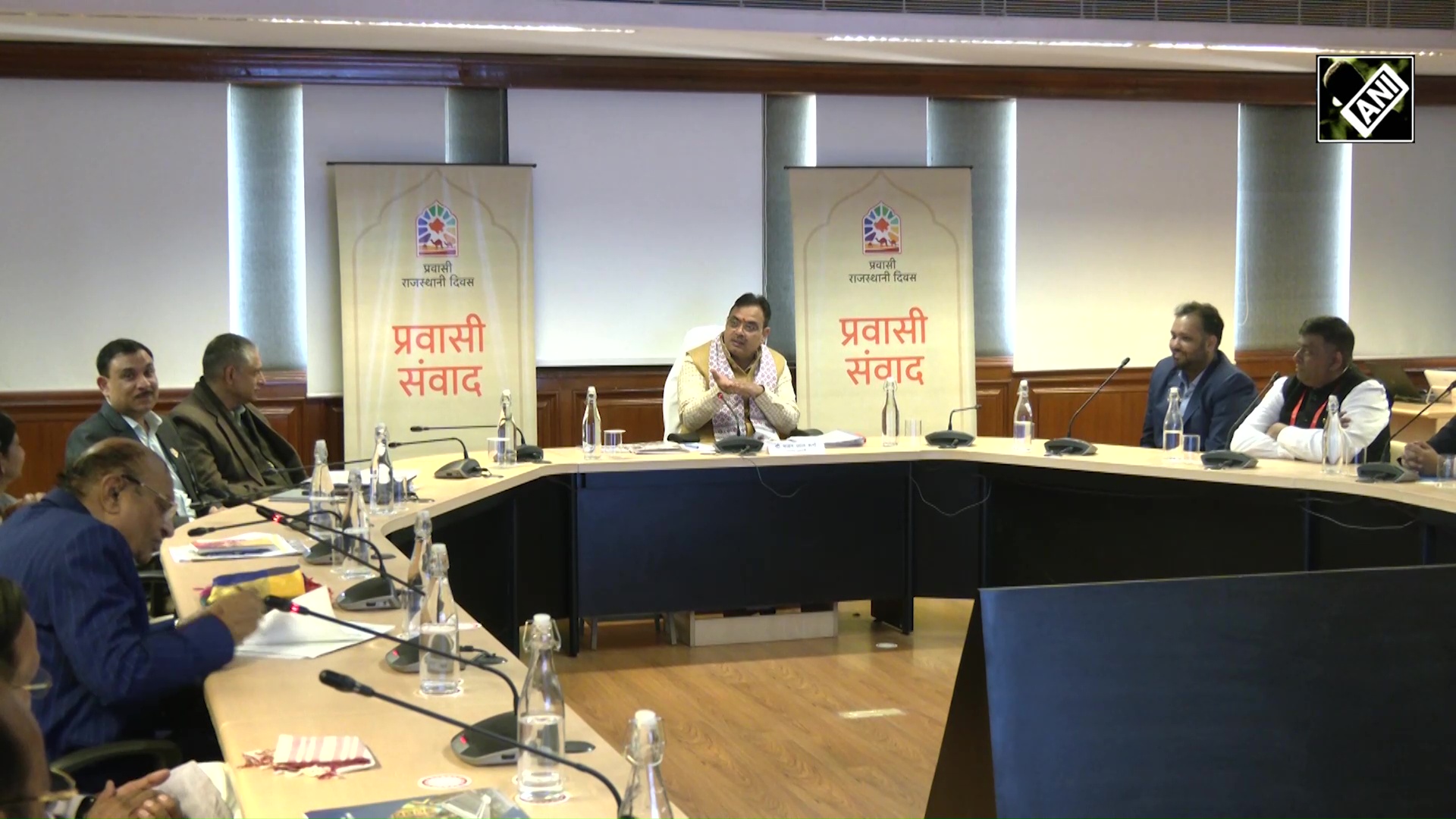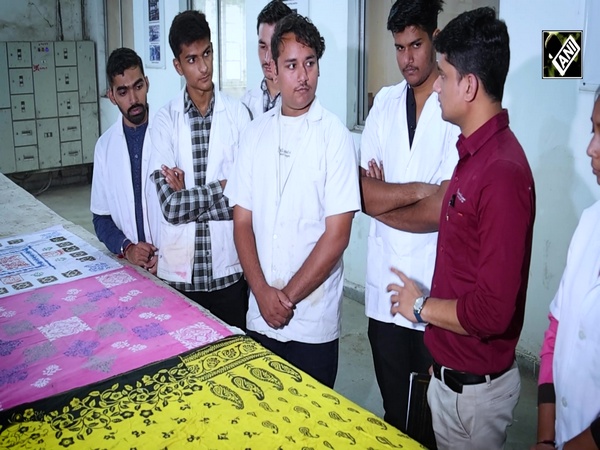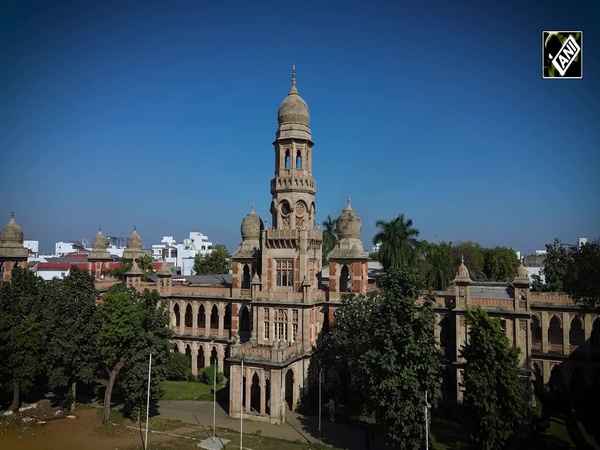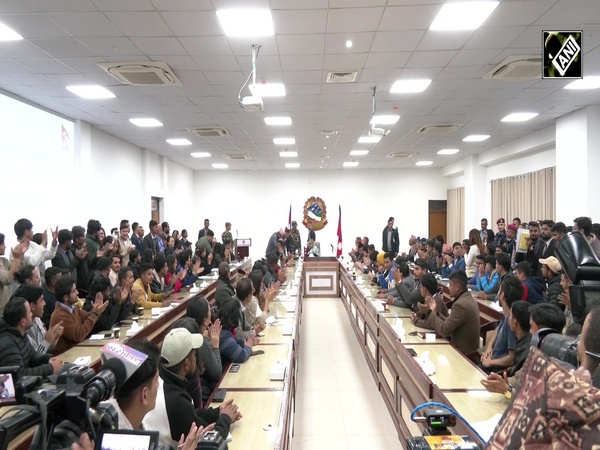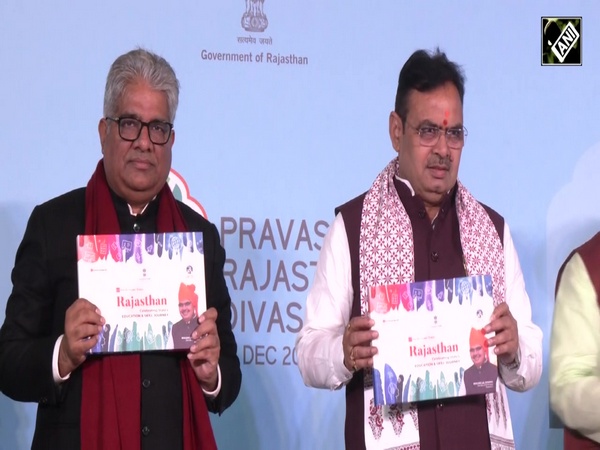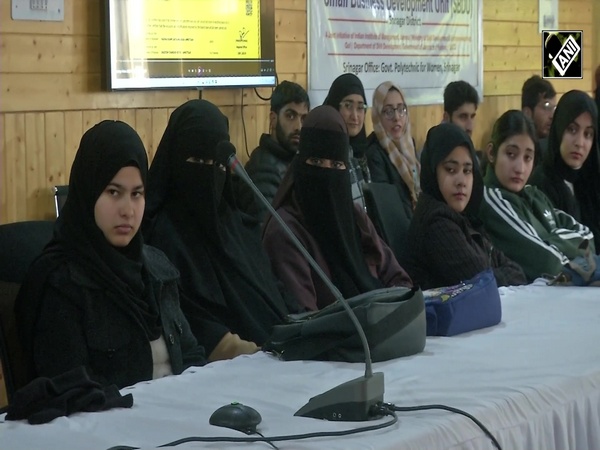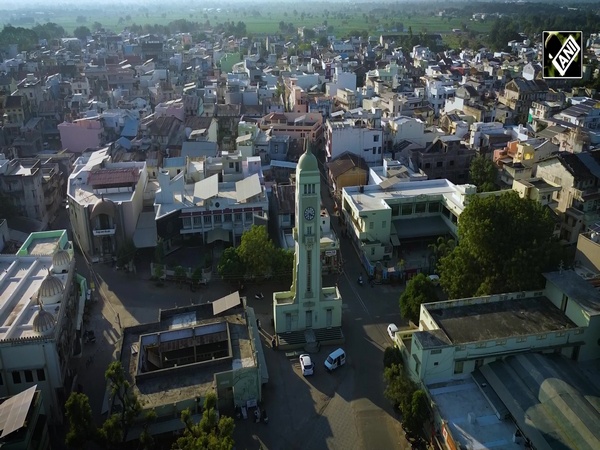From Pashmina to Apricots: GST reforms to boost Ladakh's economy
Oct 22, 2025
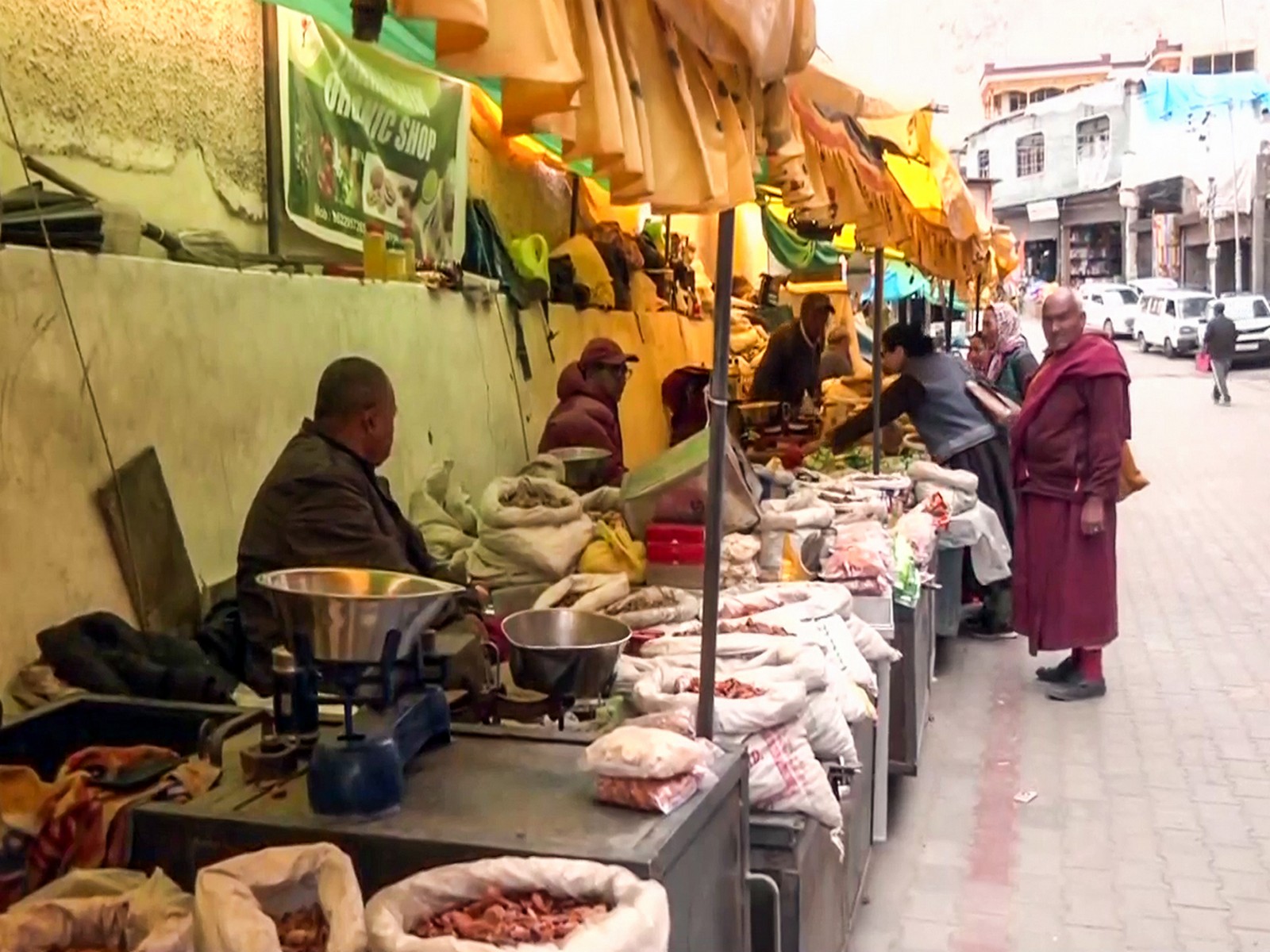
New Delhi [India], October 22 : The sweeping GST rationalisation reforms that took effect this Navratri have benefits for all walks of people in some form or the other.
The recent GST reduction across a wide variety of products and services will, similar to other states and UTs, also impact Ladakh's rich economy, bringing relief to artisans, farmers, and small enterprises.
Together, these reforms will support livelihood generation, cultural preservation, and the sustainable growth of Ladakh's economy.
A minimum 5 per cent GST on Pashmina, Namda rugs, and woodcrafts will help over 10,000 artisans.
Dairy and organic farming see better earnings and competitiveness through reduced GST; over 6,000 farming families engaged in apricot cultivation to benefit from the GST reforms.
A reduced 5 per cent GST on hotel tariffs set to make travel more affordable and sustain the livelihood of over 25,000 people
GST cuts to support yak dairy, wool producers, and organic farming will also promote self-sustainability in Ladakh.
One of Ladakh's most valuable traditional crafts, Pashmina wool is produced in the Changthang region in Leh, sustaining over 10,000 nomadic herders. Pashmina is known for its warmth, softness, and fineness, and is used to make premium shawls, stoles, and garments.
The GST reduction from 12% to 5% is expected to boost the competitiveness of authentic Ladakhi pashmina against imported or machine-made alternatives. This will also help improve income stability for local herders and artisans and increase the potential for export growth, according to the government.
Handwoven woollens and Namda rugs from Leh and Kargil represent Ladakh's rich tradition of wool craftsmanship, using yak and sheep wool to create dyed and distinctive textiles.
The GST reduction from 12% to 5% helps lower production costs and encourages the revival of traditional handicraft practices.
"This is expected to provide significant benefits to local artisans and cooperatives engaged in wool processing and rug making," the government said in an article on Wednesday which has been posted on the Press Information Bureau website.
Wool felt products and woollen accessories from Leh and Changthang, such as felt boots, hats, and gloves, add to Ladakh's traditional craft culture. These items are used locally and are also popular purchases amongst tourists.
The GST reduction from 12% to 5% provides support to small-scale, seasonal cottage industries engaged in wool processing and product making. It is also expected to strengthen Ladakh's economy with increased income for artisans.
Traditional Ladakhi carpentry from Leh and Kargil features intricately carved wooden altars, window frames, and furniture.
The GST reduction from 12% to 5% is expected to make these handcrafted items more affordable and market-competitive. This will support traditional craftsmen, many from marginalised communities, encouraging the preservation of Ladakh's cultural and artistic heritage.
Ladakhi Thangka paintings, often crafted in the monasteries in Leh, Alchi, and Hemis, are traditional Buddhist scroll artworks used for meditation and decoration.
The GST reduction from 12% to 5% makes these intricate paintings more accessible and economically viable, helping preserve a vital part of Ladakh's cultural heritage.
Local tourism and homestays across Leh, Nubra, Pangong, and Kargil support Ladakh's service economy, directly employing over 25,000 people.
The GST reduction from 12% to 5% on hotel tariffs up to Rs 7,500 per night makes travel and accommodation more affordable, particularly during the busy tourist season. This will support the growth of eco-tourism and the local homestay economy.
Ladakh is India's largest apricot producer, with Kargil, Leh, and the Nubra Valley serving as its main production hubs.
The GST reduction from 12% to 5% benefits over 6,000 farming families engaged in apricot cultivation and processing. This is expected to improve the competitiveness of locally produced apricots and their value-added products, such as dried apricots, jams, and oils, making them more market-viable. It will enable better income opportunities and encourage growth in enterprises engaged in apricot production.
Sea buckthorn, cultivated across the Nubra Valley, Leh, and Changthang regions of Ladakh, is renowned for its medicinal and nutritional properties. Women-led Self-Help Groups (SHGs) play a crucial role in harvesting and processing these berries.
The GST reduction from 12% to 5% is expected to enhance the competitiveness of locally made sea buckthorn products, making them more affordable and market-viable.
Yak cheese and milk products from Changthang and Nubra are traditional dairy items produced by Ladakh's nomadic communities. The GST reduction from 12% to 5% will support self-sustainability in remote, high-altitude areas, strengthening the local economy.
Leh berry, or buckthorn berry, from Leh and Nubra is used in producing a range of health drinks and supplements. The GST cut from 12% to 5% will encourage investment in local agro-processing, uplift small producers, and increase competitiveness.
In Sham Valley and Kargil, organic farming is gaining momentum, with farmers producing herbal teas, dried vegetables, etc. The GST reduction from 12% to 5% supports small-scale eco-farmers by lowering costs and improving profitability. This is expected to encourage wider adoption of sustainable farming practices while strengthening Ladakh's organic farming economy.
"The recent GST reforms mark a transformative step for Ladakh's economy by empowering its traditional artisans and farmers. From Pashmina weavers and apricot growers to sea buckthorn processors and homestay owners, each sector stands to gain through reduced costs, improved competitiveness, and higher incomes. Together, these reforms will preserve Ladakh's rich cultural heritage, strengthening its eco-friendly industries and making local products more affordable and marketable," the government concluded.
In a historic move to simplify the Goods and Services Tax(GST), GST Council in its 56th meeting had reduced the GST structure from four slabs (5%, 12%, 18%, 28%) to two main rates--5% (merit rate) and 18% (standard rate) along with a 40% special rate for sin/luxury goods.
These changes come into effect from September 22, 2025.
The changes were made to what the government termed the next-generation GST (Goods and Services Tax) rationalisation. It came on September 3, just days after Prime Minister Narendra Modi announced it from the ramparts of the Red Fort on Independence Day. This was aimed at reducing the tax burden on citizens while stimulating economic growth.
